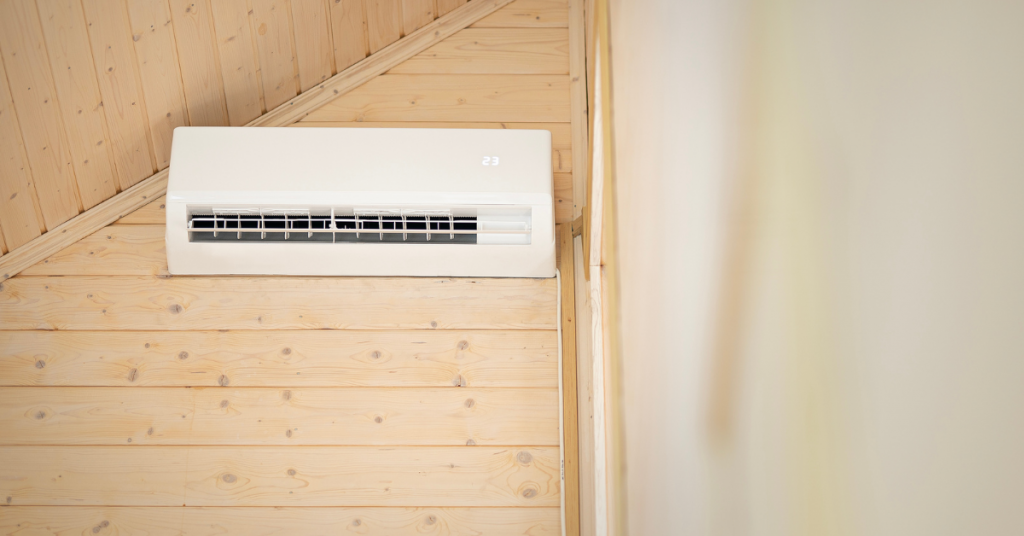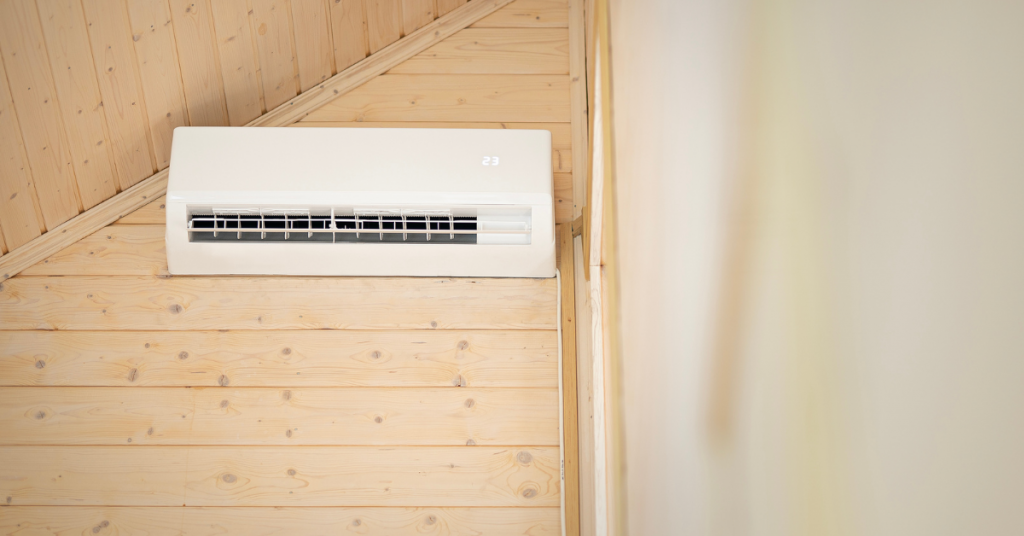
The Amish way of life is often characterized by a deep commitment to simplicity and tradition, which raises intriguing questions about how they navigate modern challenges. One such challenge is managing temperature without the conveniences many people rely on today. Exploring how the Amish handle such practical aspects of daily life sheds light on how they balance their traditional values with the demands of contemporary living.
Key Takeaways
- The Amish avoid air conditioners to maintain a simple, self-sufficient lifestyle.
- Amish cooling methods prioritize sustainability and have a lower environmental impact compared to modern air conditioning.
- Their traditional cooling methods include natural ventilation, shading, and water-based techniques.
This article explores how the Amish manage to stay comfortable during the hottest months, using a blend of traditional techniques and modern, non-electric alternatives.
Why the Amish Avoid Air Conditioners
The Amish family avoids air conditioners because they prioritize living in a way that aligns with their religious values of humility, simplicity, and community. For the Amish, the use of air conditioning represents a level of comfort that may lead to a reliance on modern conveniences, which could, in turn, weaken their connection to these core values. They believe that enduring the natural elements, such as heat, fosters a sense of resilience and collective strength within the community.
Moreover, air conditioners are often seen as promoting individualism, as they provide a level of personal comfort that could discourage communal gatherings, particularly in shared spaces like the church. The Amish place great importance on the idea that all members should share in both the struggles and the rewards of their lifestyle.
This selective adoption of technology is a deliberate choice that reinforces their cultural identity. The Amish carefully consider which technologies will support their way of life and which might threaten it. In the case of air conditioning, the potential for increased dependency on modern conveniences and the shift towards individual comfort over community cohesion are seen as significant risks.
Traditional Amish Cooling Methods
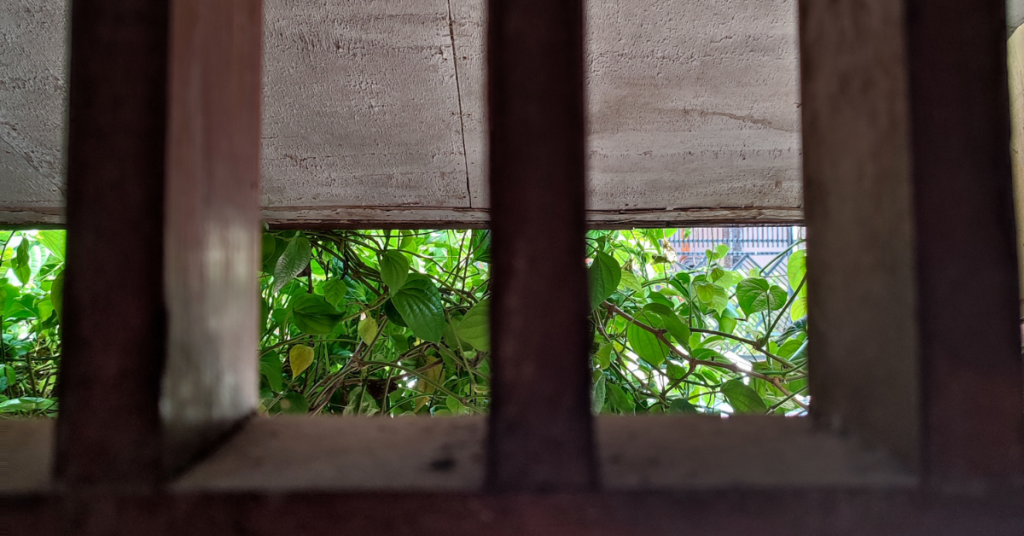
To stay cool without air conditioning, the Amish rely on traditional methods that are both practical and sustainable, particularly during the summer months. These methods make the most of natural resources and thoughtful home design to manage excess heat.
Natural Ventilation
The Amish rely on natural ventilation to keep their homes cool. They use large windows and doors for cross-ventilation, allowing fresh air to circulate. Attics have vents to release hot air, and high ceilings help keep living spaces cooler by letting hot air rise. Simple fans, powered by batteries or alternative sources, further enhance airflow.
Shading Techniques
To block the sun’s heat, the Amish employ various shading techniques. They plant trees strategically for natural shade and use porches and overhangs to shield windows and doors. Inside, thick, light-colored curtains or blinds reflect heat, and shutters can be closed during peak sunlight hours.
Cooling with Water
Water is a key element in Amish cooling methods. They use cold water basins and wet cloths for personal relief and may use non-electric water coolers that rely on evaporation. Some homes include water features like ponds or fountains to cool the surrounding air.
Insulation and Home Design
Good insulation and home design are crucial for cooling Amish homes. Thick walls made of wood or stone keep heat out, and natural, breathable materials help regulate temperature. Homes are often oriented to minimize direct sunlight, and some are built partially underground to utilize the earth’s natural cooling properties.
While exploring natural cooling methods, don’t miss out on our beautifully crafted Amish furniture that enhances any home. Visit Amish Furniture Factory to explore our exquisite collection of Amish-made pieces.
Modern Non-Electric Alternatives Embraced by the Amish
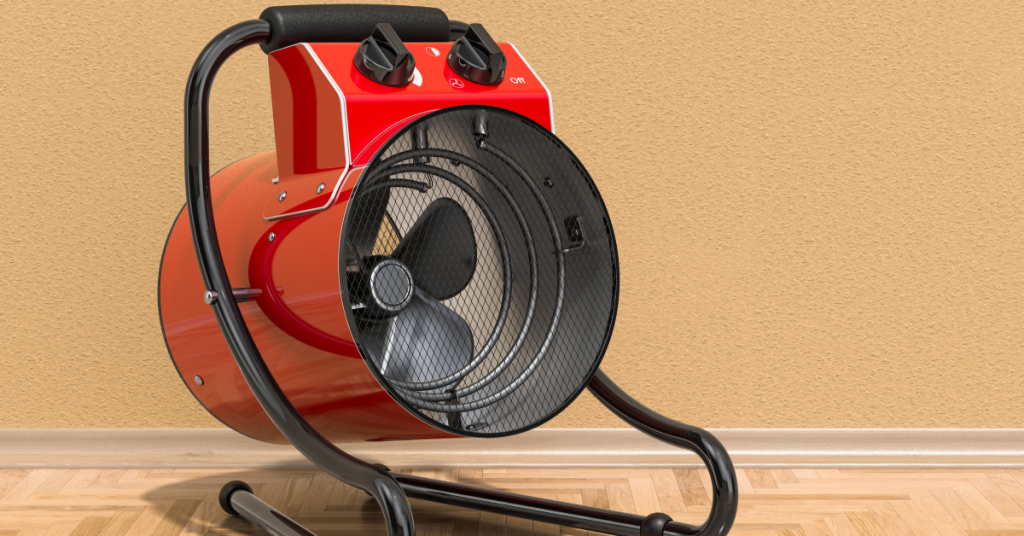
While the Amish traditionally avoid modern conveniences, they have adopted some non-electric cooling alternatives that align with their values. These solutions offer a balance between comfort and adherence to their lifestyle.
Battery-Powered Fans
Battery-powered fans are popular among the Amish for cooling small spaces. They run on rechargeable batteries, allowing air circulation without grid electricity. These fans are portable and easy to use, making them ideal for bedrooms or smaller areas. However, they need regular recharging and may not cool larger spaces effectively.
Propane-Powered Cooling Systems
Propane-powered cooling systems are used by some Amish communities, especially in larger homes or communal areas. These systems, including propane refrigerators or coolers, help lower temperatures effectively. Their main advantage is reliability and performance in extreme heat. However, they have drawbacks such as the ongoing cost of propane, the need for proper ventilation to prevent fumes, and requiring more maintenance compared to simpler solutions like battery-powered fans.
Comparative Analysis: Amish vs. Modern Cooling Methods
When comparing Amish cooling methods with modern air conditioning, there are key differences in efficiency, sustainability, and environmental impact.
Efficiency and Sustainability
Amish cooling methods, while less powerful than modern air conditioning, are more sustainable in the long term. They rely on natural processes and low-energy alternatives, which reduce reliance on non-renewable resources. Although not as immediately effective as electric air conditioners, these methods promote a steady, manageable temperature and are easier to maintain over time.
Environmental Impact
The environmental impact of Amish cooling methods is significantly lower than that of modern air conditioners. By avoiding electricity and fossil fuels, the Amish reduce their carbon footprint and conserve natural resources. Modern air conditioners, on the other hand, consume large amounts of energy and contribute to greenhouse gas emissions, making them less environmentally friendly.
Cost Considerations
One major difference between Amish and modern cooling methods is cost. Amish cooling methods are low-cost, often requiring no financial investment. In contrast, modern air conditioning systems can be quite expensive to buy, install, and run. Initial costs can range from a few hundred to several thousand dollars, and ongoing electricity costs can add up, especially in summer. The Amish value simplicity and frugality, so their cooling methods are not only more sustainable but also more economical in the long run.
Long-term Benefits and Drawbacks
The long-term benefits of Amish cooling methods include lower energy costs, reduced environmental impact, and alignment with sustainable living principles. However, the drawbacks are their limited effectiveness in extreme heat and the need for careful planning and maintenance. Modern cooling methods, while highly effective and convenient, come with higher costs, environmental concerns, and the potential for dependency on technology.
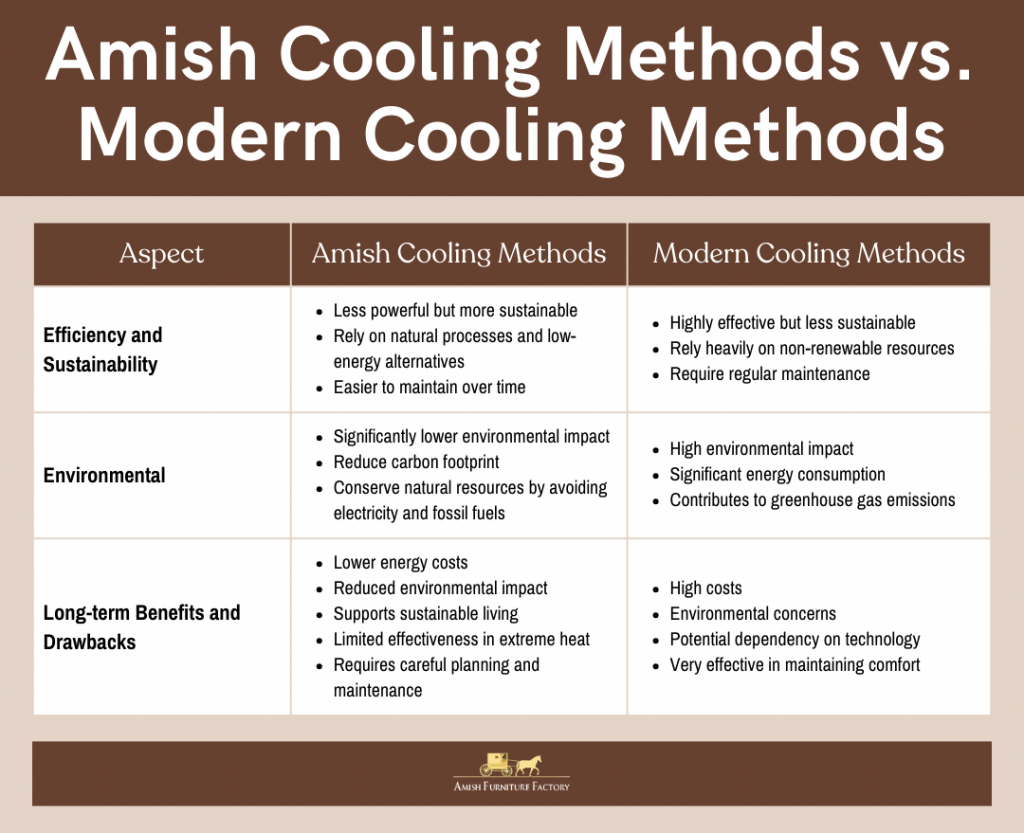
Final Thoughts: A Breath of Fresh Air
Staying cool naturally is not just about comfort; it’s about embracing a lifestyle that prioritizes sustainability and simplicity. The Amish community provides valuable insights into how we can balance modern conveniences with environmental responsibility. By understanding and applying some of these cooling methods, we can create more sustainable homes and reduce our reliance on energy-intensive systems.
FAQs
Can Amish people use fans?
Yes, the Amish can use fans, particularly those that are battery-powered or manually operated. These fans provide a way to circulate air without relying on electricity from the grid, aligning with their values.
How do the Amish stay cool in hot weather?
The Amish stay cool by using a combination of natural ventilation, shading techniques, and water-based cooling methods. They also rely on thoughtful home design and insulation to maintain comfortable indoor temperatures.
What traditional architectural features help with cooling in Amish-built homes?
Amish-built homes often feature large windows for cross-ventilation, thick walls for insulation, and high ceilings to keep hot air away from living spaces. Additionally, homes are oriented to minimize direct sunlight, and porches or overhangs provide extra shading.
